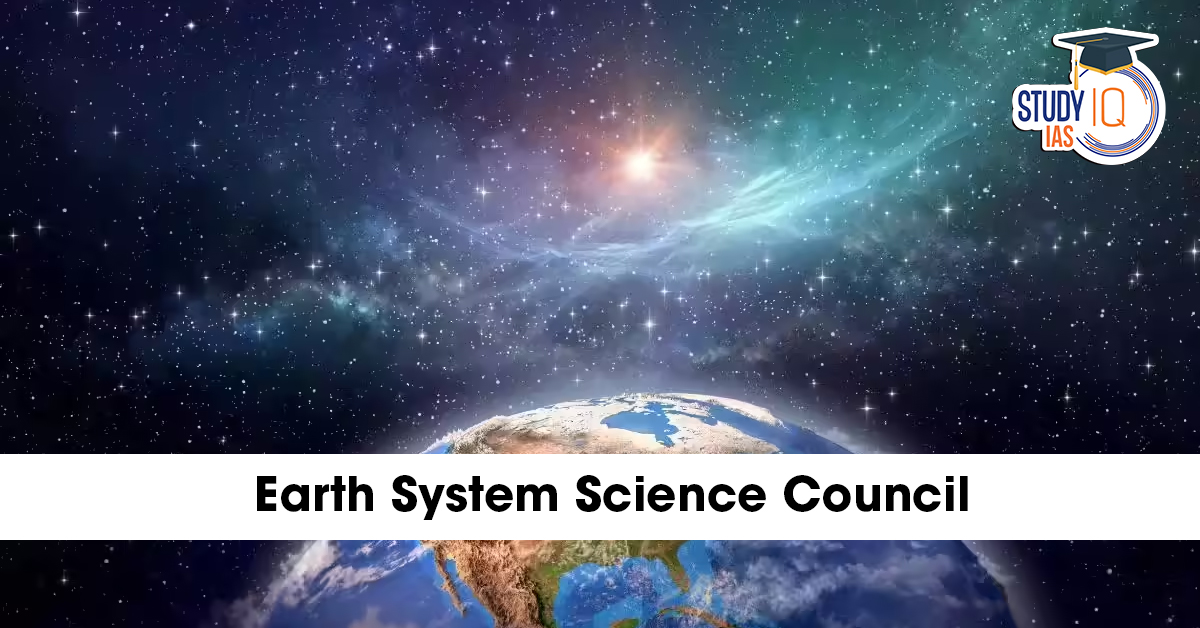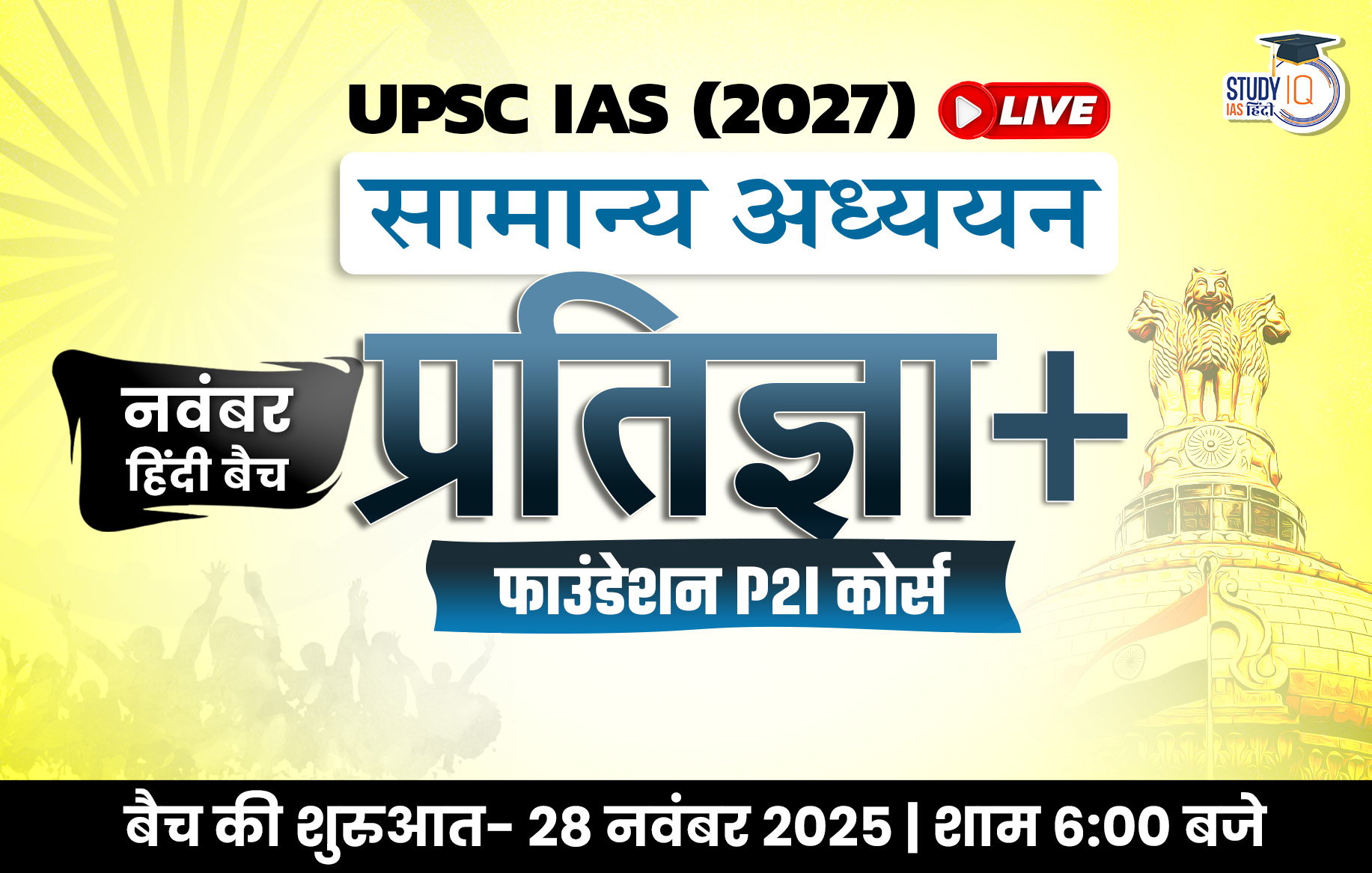Table of Contents
In a major administrative reform, India’s Ministry of Earth Sciences (MoES) has brought five premier autonomous institutes under one unified governance body — the Earth System Sciences Council (ESSC). Announced on November 17, 2025, the move aims to end silo functioning, boost collaboration, and tackle pressing challenges like climate change, erratic monsoons, and polar ice melt more effectively.
What is the Earth System Sciences Council (ESSC)?
The newly operational ESSC is an umbrella organization that now governs five hitherto autonomous research institutes under the Ministry of Earth Sciences. While each institute will retain its individual identity and core mandate, all major administrative, financial, and strategic decisions will be routed through the ESSC.
- President: Union Minister for Earth Sciences
- Chairperson: Secretary, Ministry of Earth Sciences
The first meeting of the ESSC, chaired by Union Minister Dr Jitendra Singh in New Delhi on November 17, 2025, marked its formal launch. The minister emphasized that “the days of working in silos are over” and described the consolidation as part of the “Whole of Government” approach.
The Five Institutes Now Under ESSC
- Indian Institute of Tropical Meteorology (IITM), Pune India’s lead center for monsoon and atmospheric research since 1962.
- National Centre for Earth Science Studies (NCESS), Thiruvananthapuram Focuses on solid-earth sciences and geoscience studies.
- National Institute of Ocean Technology (NIOT), Chennai Develops indigenous deep-sea and ocean engineering technologies.
- National Centre for Polar and Ocean Research (NCPOR), Goa Nodal agency for India’s Antarctic, Arctic, and Himalayan polar programmes.
- Indian National Centre for Ocean Information Services (INCOIS), Hyderabad Provides critical ocean state forecasts, tsunami early warnings, and marine advisory services.
Why Was the Merger Done?
The Ministry cited multiple objectives:
- Eliminate administrative duplication
- Enable better inter-institute collaboration on national missions (e.g., Deep Ocean Mission, Monsoon Mission, Climate Change Programme)
- Improve financial efficiency and reduce unspent balances
- Allow flexible fund sharing between institutes
- Enhance India’s visibility in global earth system science
Former MoES Secretary M. Rajeevan welcomed the decision, stating that the institutes were already collaborating on several missions and the merger would have no adverse impact on research quality.
What Changes for the Institutes?
While research mandates remain unchanged, significant administrative shifts have occurred:
- Dissolution of individual Governing Bodies, Societies, Finance Committees, and Research Advisory Groups
- Curtailment of financial and executive autonomy of institute directors
- Centralized control of budgets and expenditures under ESSC
- Possibility of inter-institute transfer of both scientific and non-scientific staff
- Easier reallocation of funds from institutes with surplus to those in need
- Faster decision-making and reduced bureaucratic delays
A Growing Trend of Consolidation in Indian Science
This is not the first such restructuring. In 2023, 14 autonomous bodies under the Department of Biotechnology were merged into the Biotechnology Research and Innovation Council (BRIC). The ESSC follows a similar model and was approved by the Union Cabinet two years ago, with formal registration in December 2023.
What It Means for Indian Earth Sciences
With climate change impacts intensifying — from unpredictable monsoons to rising sea levels and Himalayan glacier retreat — India needs a more agile and integrated scientific response. By breaking silos and pooling expertise from atmospheric sciences, oceanography, polar research, earth sciences, and marine technology, the ESSC is expected to:
- Accelerate mission-mode programmes
- Reduce duplication of infrastructure and human resources
- Respond faster to natural disasters (tsunamis, cyclones, glacial lake outbursts)
- Strengthen India’s voice in international climate and polar forums
Conclusion
The creation of the Earth System Sciences Council marks a structural shift in how India organizes its earth and atmospheric research. While some concerns remain about reduced institutional autonomy, most experts view it as a forward-looking step to make Indian science more efficient, collaborative, and impact-oriented in an era of rapid environmental change.


 RUDRA Brigade: The Biggest Transformatio...
RUDRA Brigade: The Biggest Transformatio...
 Project Gaja-Lok: INTACH Launches Landma...
Project Gaja-Lok: INTACH Launches Landma...
 India to Host Global Big Cats Summit 202...
India to Host Global Big Cats Summit 202...

























